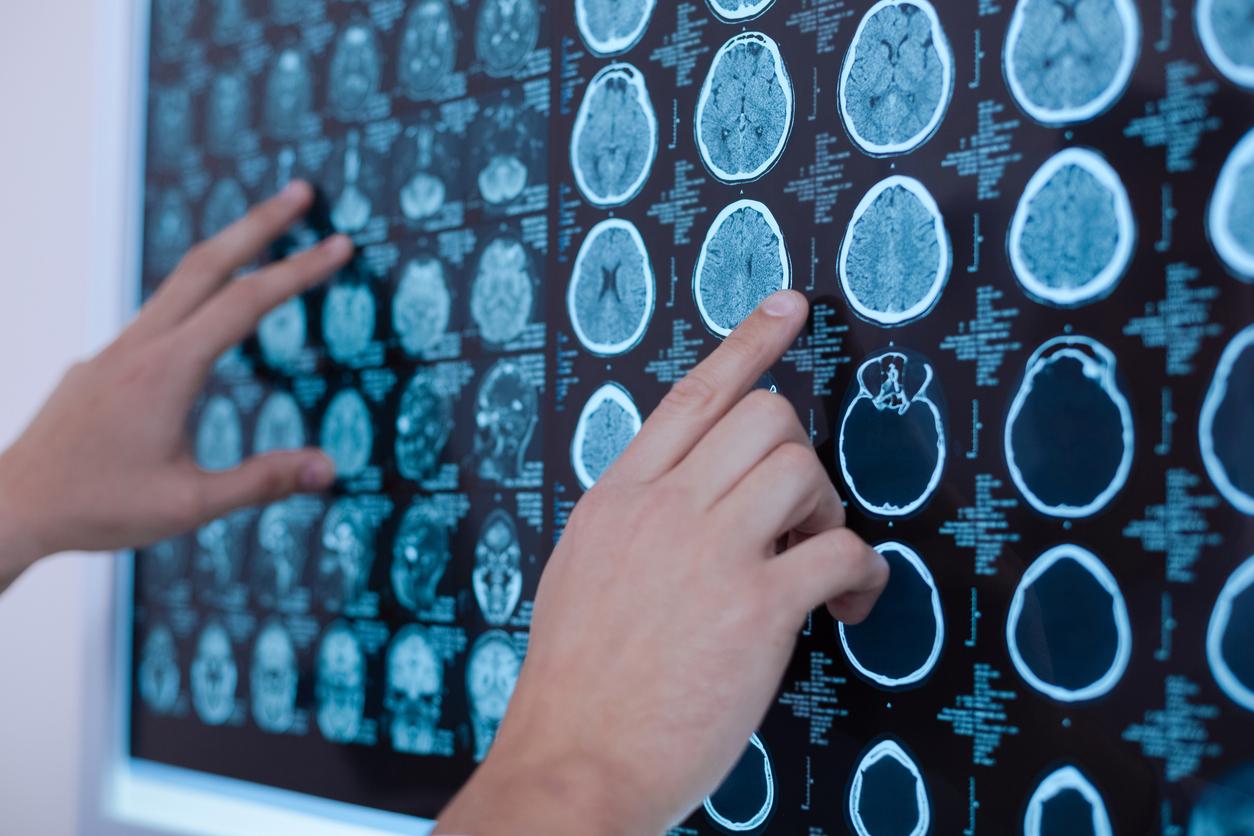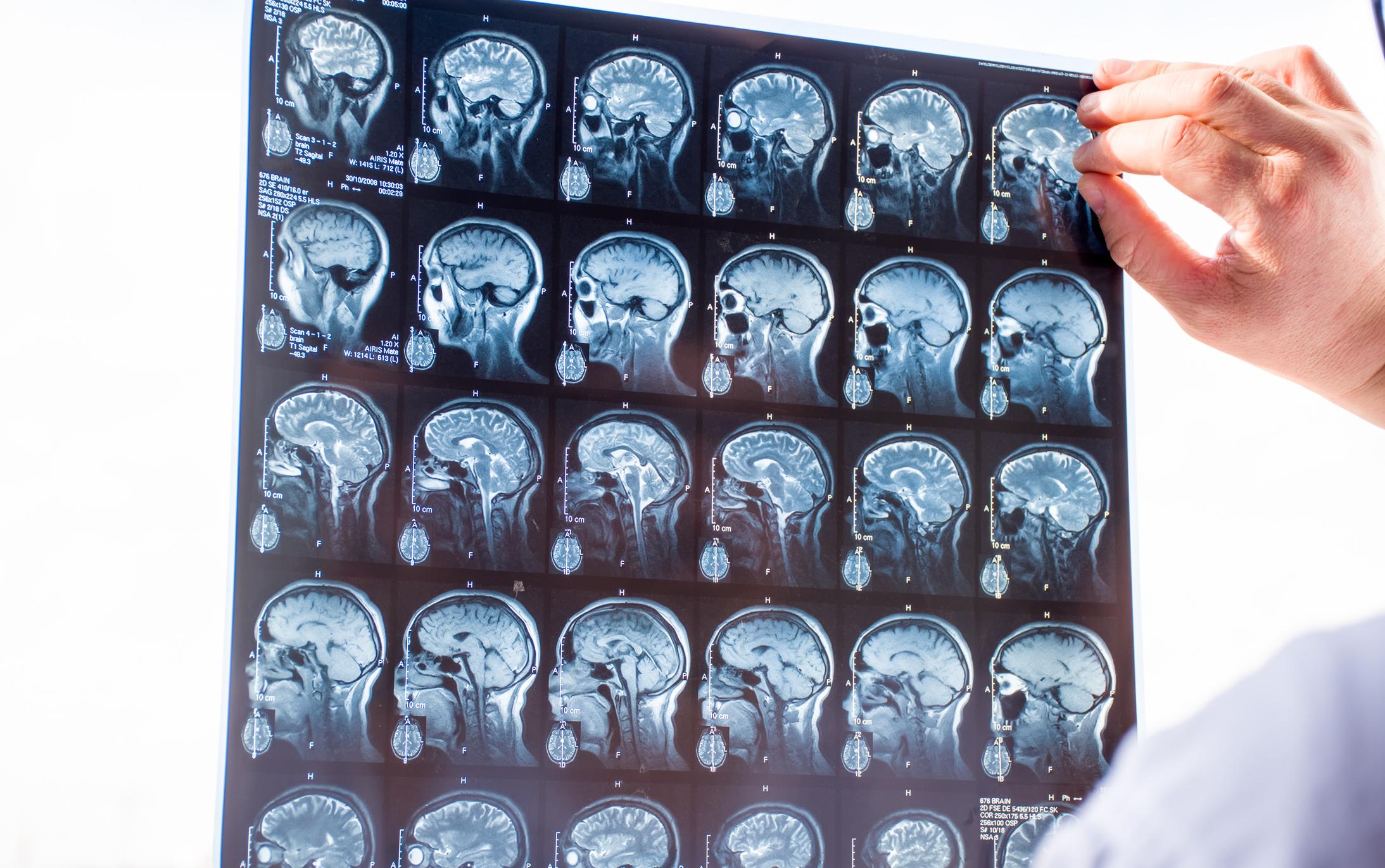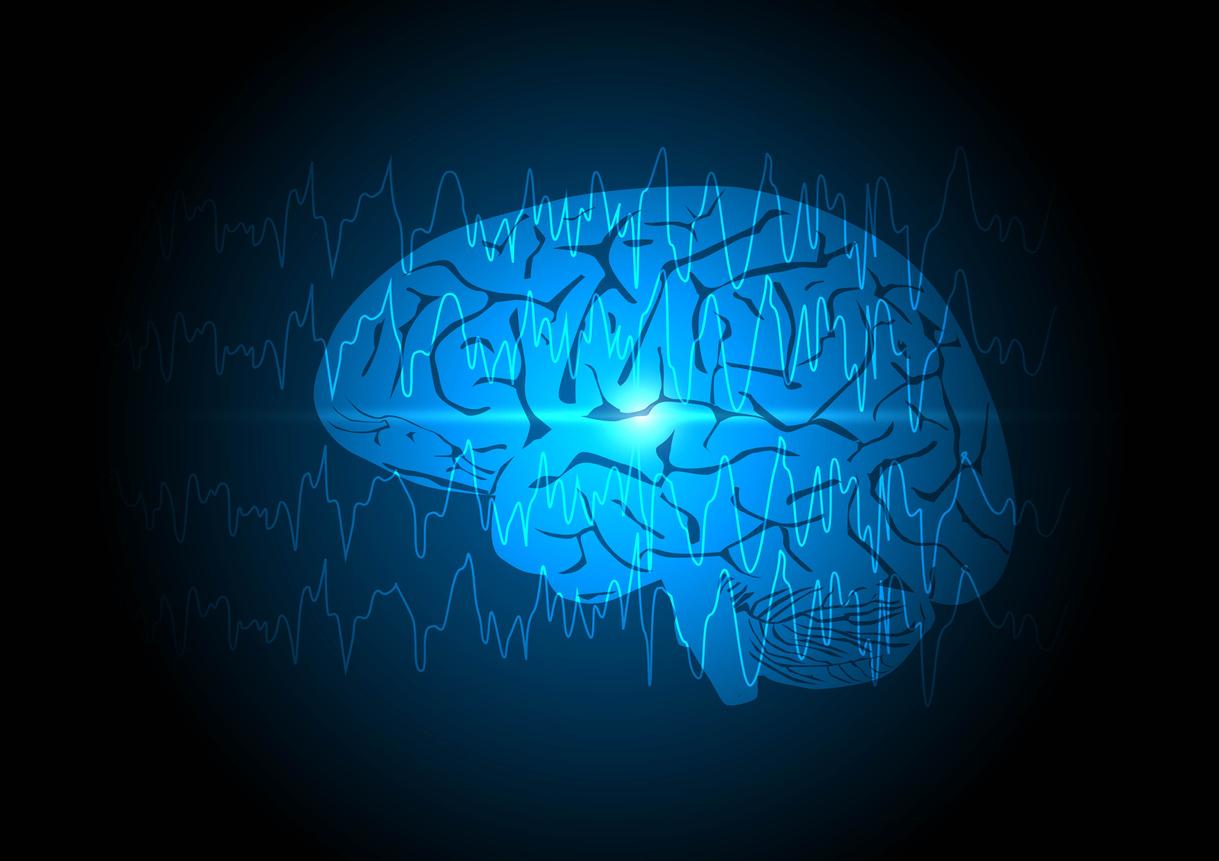When brains cause muscle cramps
Epilepsy used to be called ‘falling sickness’. Patients can have a severe attack of muscle cramps, in which they fall to the floor. The cause of epilepsy is in the brain and is usually treatable. But what can you do if someone close to you has a seizure?
The human brain is made up of countless nerve cells that work together. Because the nerve cells transmit stimuli to each other, we can move, feel, think and read this text.
Stimulation transmission disrupted
In some people, this cooperation is not harmonious from time to time: the impulse transmission in the brain is disrupted and that leads to unexpected seizures of epilepsy.
These are often partial seizures: minor disorders in which, for example, a hand trembles uncontrollably or patients become extremely nauseous for a short period of time.
However, with large, generalized attacks, muscle cramps (violent movements) occur, over which the patient has no control. Sometimes this even leads to loss of consciousness.
40 million people
Epilepsy is relatively common: about 40 million people worldwide suffer from it. In the Netherlands, an average of six out of every thousand people suffer from it. Babies, children and adults can be affected by epilepsy.
In most cases, epilepsy first appears in children under 15 years of age. The attacks also differ the most in shape at that age.
Causes of epilepsy
Although millions of people have epilepsy, in more than half of the cases there is no clear cause. Because there is simply nothing to be found, or because the abnormality in the brain is so small that it cannot (yet) be demonstrated. Heredity plays an important role.
In the other half of the cases there is a clear cause. Brain damage, for example, although it is not always possible to find out what the cause is. It can also be disorders in other bodily functions that cause an attack:
- Lack of vitamin B.
- Inborn errors of metabolism.
- Strongly lowered sugar level.
- Infections, such as meningitis or a brain abscess.
- Vascular disorders, such as a cerebral infarction or a cerebral haemorrhage.
- Lack of oxygen in the blood.
- Severely impaired liver and/or kidney function.
- Brain tumor (both benign and malignant).
- Damage to the brain of newborns.
- Abnormality in the structure of the brain tissue and/or of the tissue that supports the brain cells (support tissue) or nourishes (blood vessels).
- Scar tissue that has arisen after a brain disorder or tumor surgery can also cause epileptic seizures. The cause is often abnormally functioning brain cells, which are found in the edge of the scar.
Triggering Factors
There are also a number of ‘triggering factors’ that can cause an attack:
- (Chronic) excessive alcohol and drug use.
- Ingestion of toxic substances.
- The use of certain drugs, especially drugs used in psychiatry.
- Great tensions and emotions.
- Sleep deprivation.
- Before and during menstruation, due to hormonal changes.
- High fever.
Usually unexpected
In most cases, an attack occurs unexpectedly. That is why people with epilepsy are not allowed to drive and can not practice certain professions. In some cases, the body does give a warning. For example, patients get stomach problems, after which the unpleasant feeling spreads to the rest of the body. Others get an unpleasant smell and/or taste sensation or see special colors or light effects.
Number of attacks
The number of epileptic seizures ultimately varies from person to person. It can range from once a year to several times a month. Treatment of epilepsy is possible. Medications suppress, reduce, or stabilize seizures.
In almost 70 percent of cases, the attacks go away for years. In some patients, surgery offers a solution, for example by removing the abnormally functioning brain tissue that causes the seizures. Following a special diet can also be sufficient.
What can you do?
Because epilepsy comes on suddenly, a person may be in a public place. Often bystanders will not notice, because an epileptic seizure is not always visible.
Sometimes, however, it is a major attack and a person can just fall to the floor, get muscle cramps and lose consciousness. It is then important not to try to stop the attack with force. Also, do not put anything in the patient’s mouth to avoid biting the tongue. Someone could actually suffocate!
Offer help
That doesn’t mean help is wrong. Make sure that the patient does not injure himself during an attack, but put a pillow, jacket or your hands under the head and remove any glasses.
Keep the patient away from water, fire and traffic and make sure that his breathing is as little as possible. Keep in mind that a seizure can sometimes lead to urination and vomiting, so keep prying eyes away.
Do not under any circumstances give medicines and do not immediately call a doctor or the ambulance. Often an attack goes away on its own. Only call for help if one seizure leads to another or if an attack lasts longer than ten minutes.

















